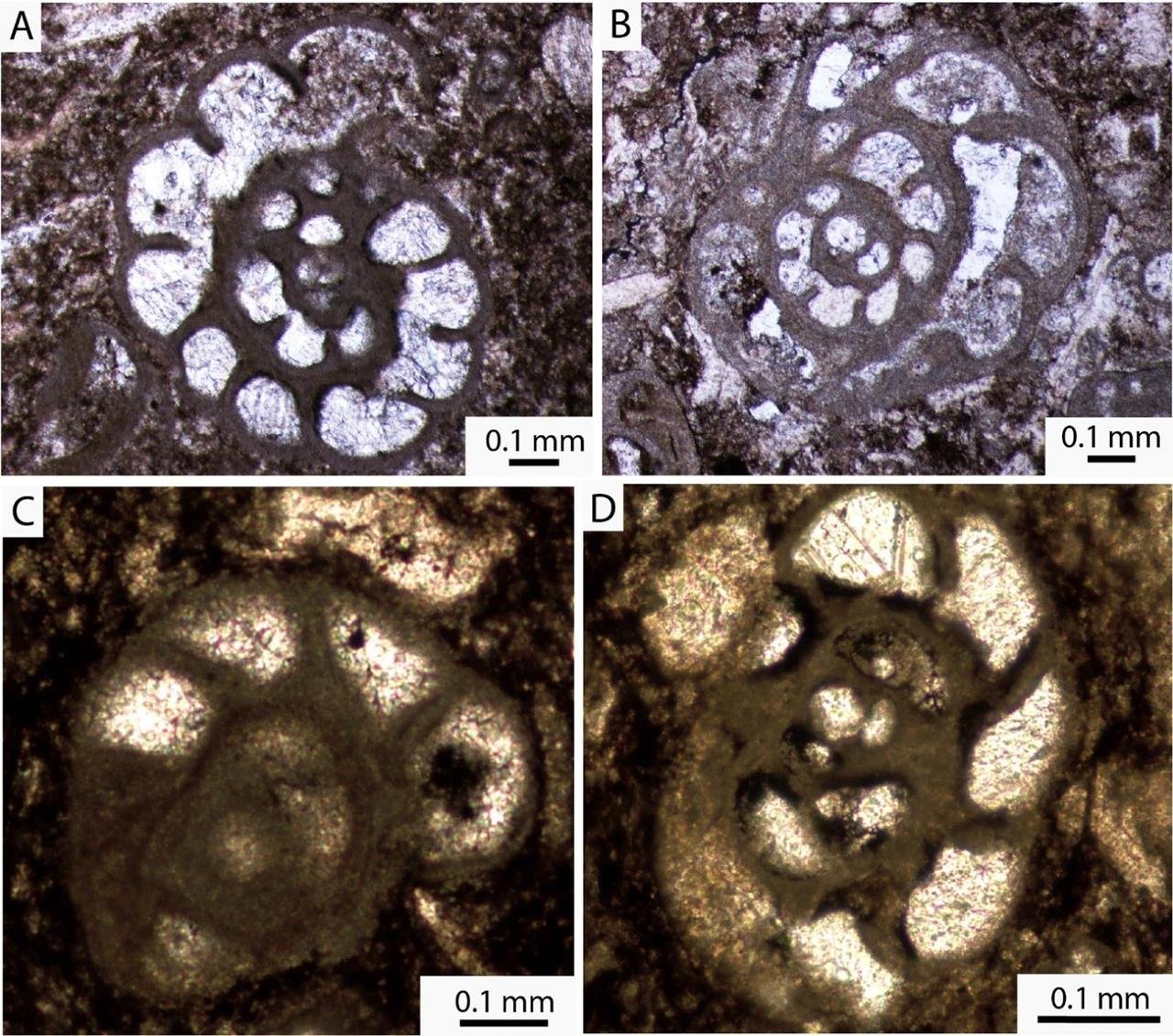Researchers have determined that the oldest known tombstone in the United States, found in Jamestown, Virginia, originated in Belgium. This conclusion is the result of a recent study led by Markus M. Key and Rebecca K. Rossi, published in the International Journal of Historical Archaeology. The tombstone, dating back to 1627, marked the grave of a knight.
 The 1627 knight’s tombstone from the chancel of Jamestown Memorial Church, Jamestown, VA, USA. Credit: Key, M.M., Rossi, R.K., Int J Histor Archaeol (2024)
The 1627 knight’s tombstone from the chancel of Jamestown Memorial Church, Jamestown, VA, USA. Credit: Key, M.M., Rossi, R.K., Int J Histor Archaeol (2024)
Jamestown, established in 1607, was the first permanent English settlement in North America. The tombstone in question was originally placed in the floor of the second Jamestown church, built in 1617. It was relocated during a reconstruction in the 1640s and rediscovered in 1901, before being moved to a newer church in 1906.
The tombstone was made of black limestone, which was historically referred to as “black marble” due to its polish and fine grain. The stone featured depressions that once held brᴀss inlays, likely depicting a shield, an unfurled scroll, and an armored knight with a sword and shield. Historians speculate that the brᴀss inlays were removed or destroyed when the church was burned during Bacon’s Rebellion in 1676.
For years, the exact origin of the stone remained a mystery. Researchers initially believed the tombstone was carved from black marble sourced locally or in England. However, by analyzing fossilized microbes within the stone, scientists were able to trace its origin to either Belgium or Ireland. Specifically, they found six species of single-celled organisms, known as foraminiferans, in the stone’s fragments—none of which co-occur in North America. This led the team to conclude that the stone likely came from Belgium, which has long been a key source of Lower Carboniferous black limestone.
 Four species of microfossils found in the thin sections of the knight’s tombstone. Credit: Key, M.M., Rossi, R.K., Int J Histor Archaeol (2024)
Four species of microfossils found in the thin sections of the knight’s tombstone. Credit: Key, M.M., Rossi, R.K., Int J Histor Archaeol (2024)
The tombstone is believed to belong to Sir George Yeardley, an English knight who played a significant role in the early history of Jamestown. Yeardley, born in Southwark, England, in 1588, arrived in Jamestown in 1610 after surviving a shipwreck near Bermuda. He went on to become governor of Virginia and was knighted by King James I in 1617. Yeardley returned to Jamestown in 1621 and served as governor until his death in 1627.
The study’s findings suggest that the tombstone was commissioned and imported from Belgium, likely shipped down the Meuse River to London, where it was carved and fitted with brᴀss inlays before being transported across the Atlantic to Jamestown. This intricate process points to the affluence and status of Virginia colonists like Yeardley, who sought to replicate the latest English fashions in their new American homes.
 The tombstone is believed to belong to Sir George Yeardley, an English knight. Credit: Key, M.M., Rossi, R.K., Int J Histor Archaeol (2024)
The tombstone is believed to belong to Sir George Yeardley, an English knight. Credit: Key, M.M., Rossi, R.K., Int J Histor Archaeol (2024)
Further evidence supporting the link to Yeardley comes from a request made by his step-grandson, Adam Thorowgood II, in the 1680s for a tombstone that would replicate the inscription and design of the “broken tomb,” believed to be Yeardley’s. Despite this, DNA testing could not be performed on the remains beneath the tombstone due to the absence of recoverable bones.
The discovery not only sheds light on the idenтιтy of the knight but also reveals the extent of trade between Europe and colonial America. At a time when Jamestown was still grappling with harsh conditions, affluent colonists were willing to go to great lengths to import prestigious materials, such as black limestone from Belgium, for their memorials.
More information: Key, M.M., Rossi, R.K. (2024). Sourcing the Early Colonial Knight’s Black “Marble” Tombstone at Jamestown, Virginia, USA. Int J Histor Archaeology. doi:10.1007/s10761-024-00756-4





